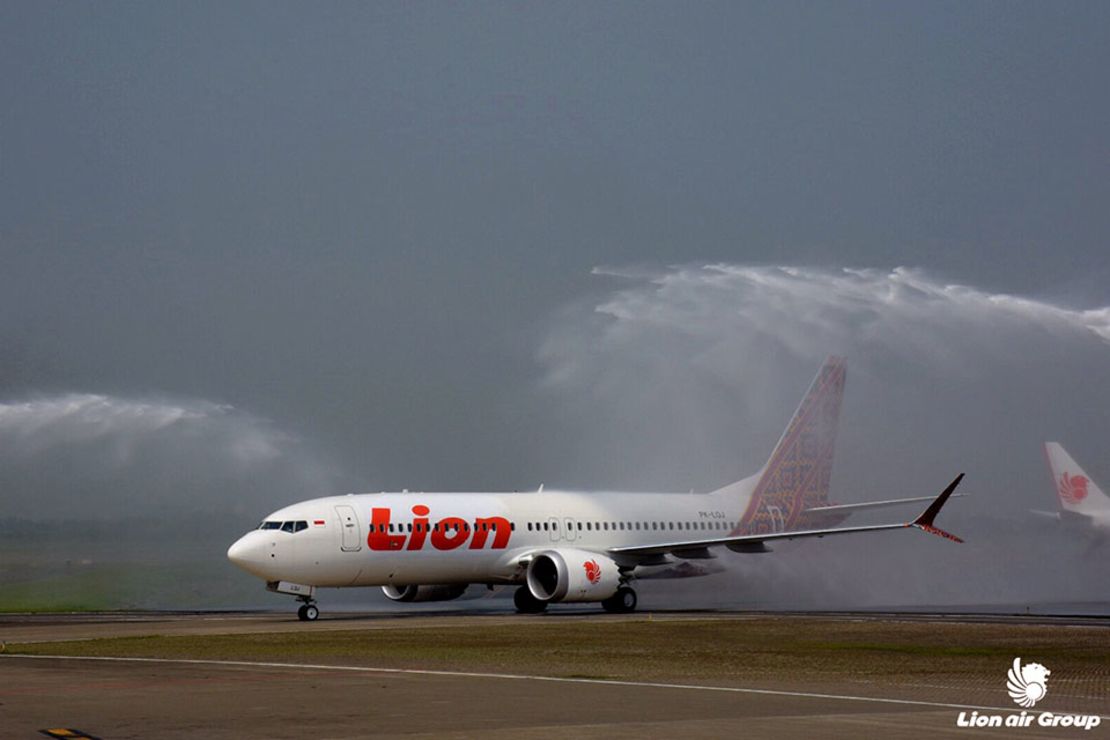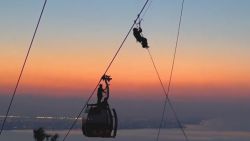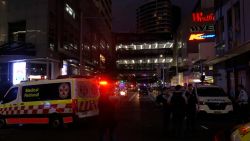An off-duty pilot in the cockpit of a Boeing 737 Max 8 jet jumped in to help crew disable a malfunctioning flight-control system as it experienced difficulties in October, according to Bloomberg.
The next day, with a different crew, the same plane crashed into the sea off Jakarta, killing all 189 people on board.
On doomed Lion Air Flight 610, pilots searched in a handbook for a way to stop the plane from nosediving, according to an exclusive Reuters report.
Reuters cites the information from three people with knowledge of the contents of the cockpit voice recorder that has never been made public.
Indonesia’s National Transportation Safety Committee (KNKT) has refused to comment to CNN on the content of the voice recorder as the investigation is still ongoing. Boeing also refused to comment to CNN on the matter Wednesday.
Indonesian authorities found the cockpit voice recorder in the Java Sea on January 14 and said it could take up to a year to publish a full report into the crash.

The revelation that an extra pilot saved the plane the day before the crash has never been reported before, according to Bloomberg.
Aviation analyst and editor in chief of Airlineratings.com, Geoffrey Thomas, said it was not unusual for off-duty pilots, known as dead heads, to fly in the cockpit of planes.
“It could well be that the flight is full and he needs to get back to Jakarta – so as long as he is authorized to do so – then it’s absolutely fine,” he said.
However, the presence of the third pilot in the cockpit did not appear in the National Transportation Safety Committee’s (KNKT) November preliminary report into the crash.
Thomas said this fact should have been reported “as you could argue that the pilot was a distraction or an assistance,” he said.
CNN contacted Lion Air Group Captain Daniel Putut for comment and he directed questions to the KNKT.
Soerjanto Tjahjono, the head of KNKT told CNN on Wednesday they were not aware of the details in the Bloomberg report. CNN continues to reach out to more officials at the KNKT.
Investigators said the jet experienced problems on its last four flights – including, crucially, the flight that crashed, according to Tjahjono.
Indonesian authorities confirmed that the plane’s angle of attack (AOA) sensor was replaced after a flight from Manado, in North Sulawesi to Denpasar, Bali on October 28. The Boeing 737 Max 8 then made another flight to Jakarta that same day, and the pilots reported further problems.
The AOA sensors send information to the plane’s computers about the angle of the plane’s nose relative to the airflow over and under the wings to help determine whether the plane is about to stall.
Software installed on Boeing’s 737 Max 8 planes, called the Maneuvering Characteristics Augmentation System (MCAS), automatically lowers the nose of the plane when it receives information from the AOA sensors that the aircraft is flying too slowly or steeply, and at risk of stalling.
A preliminary KNKT report said the crew of Air Lion Flight 610 struggled to override the plane’s automatic systems in the minutes before it plunged into the ocean. The system pulled the plane’s nose down more than two dozen times, the report said.
The report said the MCAS system was responding to incorrect data transmitted by an AOA sensor. A different flight crew experienced the same issue on a flight from Denpasar to Jakarta the previous day, but had turned off the MCAS and took manual control of the plane, the report said.
Once in Jakarta, a Lion Air technician checked the plane again and gave it the green light to fly on its final flight, from Jakarta to Pangkal Pinang on the Indonesian island of Bangka.
The jet crashed 13 minutes after takeoff.
Experts have pointed to similarities between the Lion Air crash six months ago and last week’s Ethiopian Airlines crash, which killed all 157 people on board. Both were Boeing 737 Max 8 planes that were equipped with the same automated flight software and both crashed minutes after takeoff.
The Ethiopian Minister of Transport said preliminary data recovered from the black boxes of the crash in Ethiopia showed similarities to the Air Lion crash. But the investigation is ongoing.
Following the Ethiopian Airlines crash – the second crash of a 737 Max 8 plane in less than five months – countries and airlines around the world grounded their 737 Max planes.
Boeing insists that the 737 Max 8 is safe to fly.
“Safety is Boeing’s number one priority and we have full confidence in the safety of the Max,” Boeing said in a statement on March 12.
“We understand that regulatory agencies and customers have made decisions that they believe are most appropriate for their home markets. It is also important to note that the Federal Aviation Administration is not mandating any further action at this time, and based on the information currently available, we do not have any basis to issue new guidance to operators.”
With reporting from CNN’s Chris Isidore and Ralph Ellis.


















